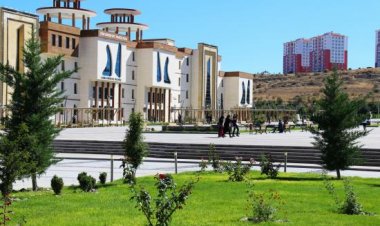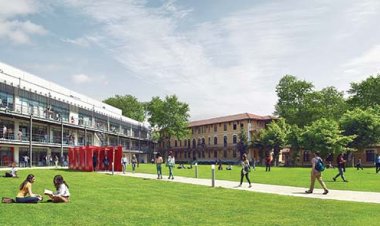Computational Modeling and Analysis of Seljukid Muqarnas in Kayseri
Computational Modeling and Analysis of Seljukid Muqarnas in Kayseri Gökmen, Sabri; Başık, Altan; Aykın, Yusuf; Alacam, Sema As a historical and ornamental building element, muqarnas are widely found among the entrances of madrasas, mosques, and hans in Anatolian Seljuk architecture. In Kayseri (Turkey), muqarnas structures are characterized by symmetrical distribution of patterned geometric layers that presents computational rules for the design and construction of these ornamental structures. The presented research focuses on 12 unique muqarnas structures that are analyzed through a computational methodology combining photogrammetry, three-dimensional modeling, symmetry, and graph theory. The computational analysis shows that Seljukid muqarnas exhibit patterned branching of the symmetry axis between layers radiating from their geometric center. Using the modeled samples, the article analyzes inherent symmetry rules and growth patterns while offering a novel way of studying, modeling, and categorizing muqarnas.

Computational Modeling and Analysis of Seljukid Muqarnas in Kayseri Gökmen, Sabri; Başık, Altan; Aykın, Yusuf; Alacam, Sema As a historical and ornamental building element, muqarnas are widely found among the entrances of madrasas, mosques, and hans in Anatolian Seljuk architecture. In Kayseri (Turkey), muqarnas structures are characterized by symmetrical distribution of patterned geometric layers that presents computational rules for the design and construction of these ornamental structures. The presented research focuses on 12 unique muqarnas structures that are analyzed through a computational methodology combining photogrammetry, three-dimensional modeling, symmetry, and graph theory. The computational analysis shows that Seljukid muqarnas exhibit patterned branching of the symmetry axis between layers radiating from their geometric center. Using the modeled samples, the article analyzes inherent symmetry rules and growth patterns while offering a novel way of studying, modeling, and categorizing muqarnas.

 Bilgi
Bilgi 















